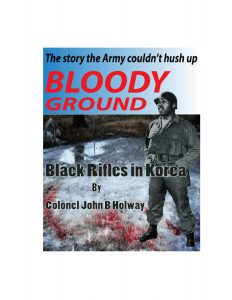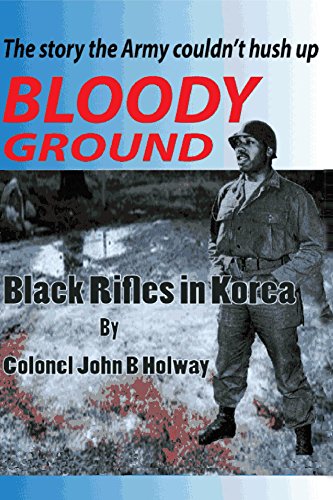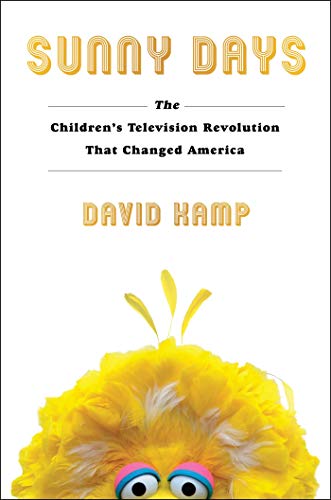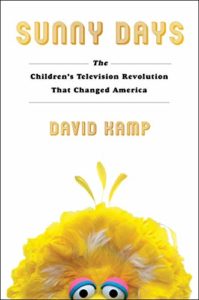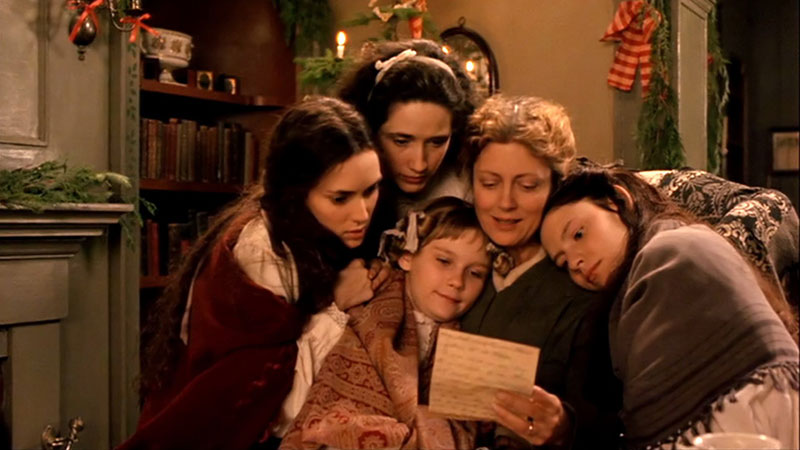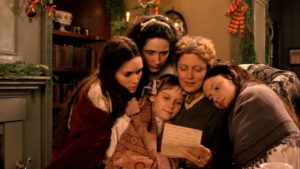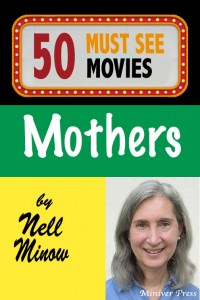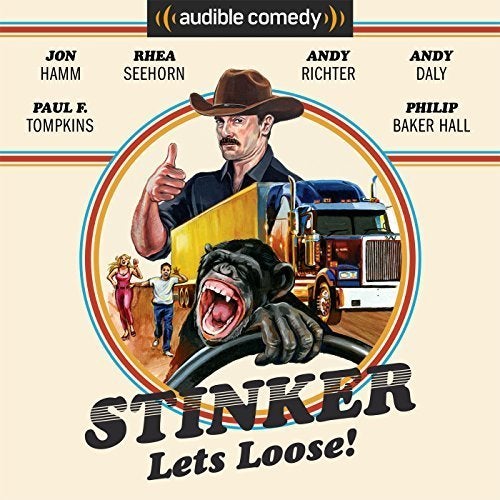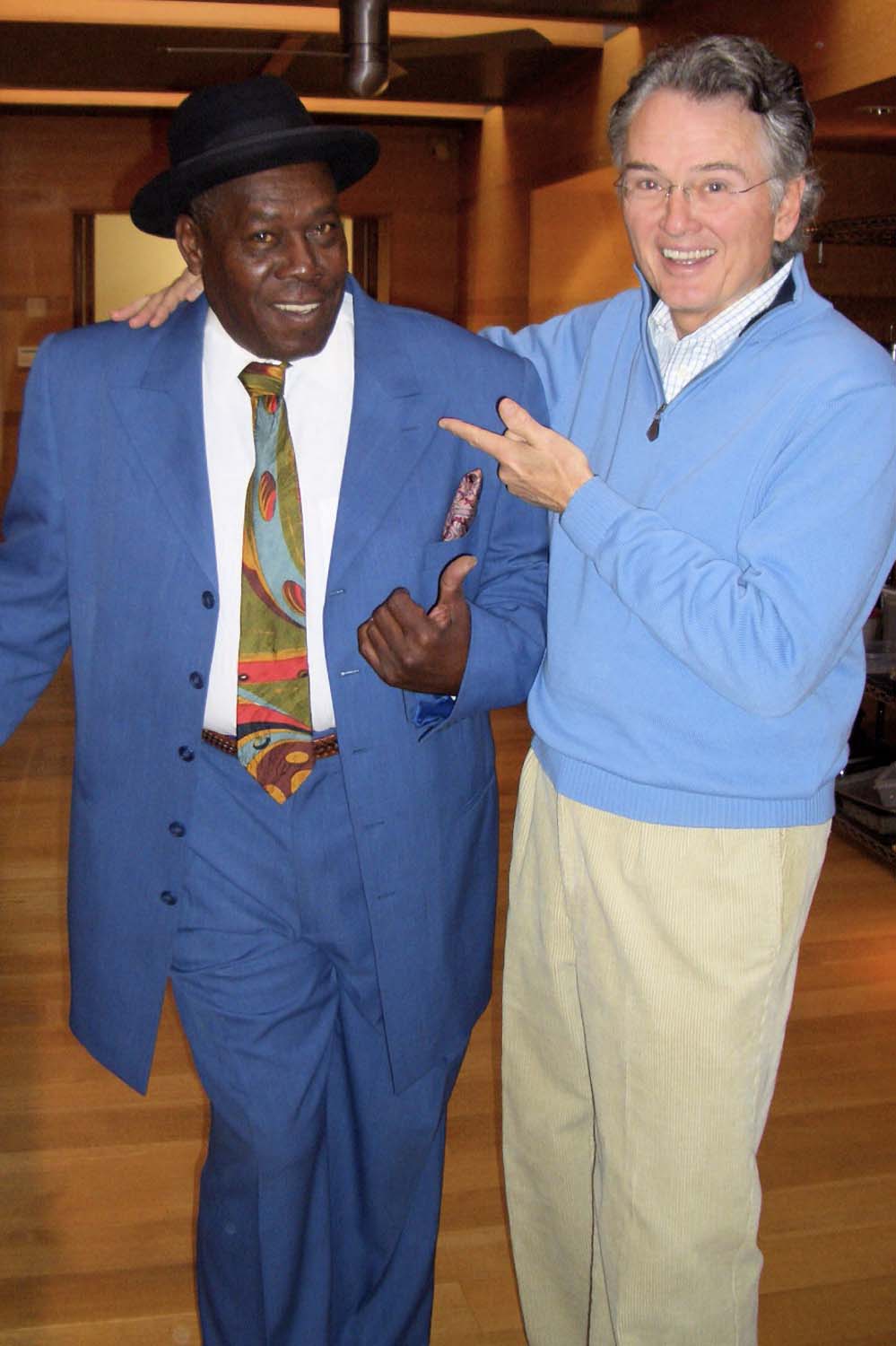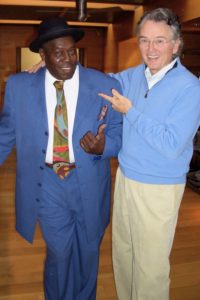There’s a terrific history of Sesame Street by Jill Lepore in The New Yorker, based in part on a terrific new book called Sunny Days: the Children’s Television Revolution that Changed America by David Kamp. I appreciated the mention of my dad, who, as Kamp’s book reveals, played a critical role in obtaining the first funding for the show. I remember his telling us about it at family dinners, and I was lucky enough to watch the very first episode, which I loved instantly.
Half a century ago, before “Sesame Street,” and long before the age of quarantine, kids under the age of six spent a crazy amount of time indoors, watching television, a bleary-eyed average of fifty-four hours a week. In 1965, the year the Johnson Administration founded Head Start, Lloyd Morrisett, a vice-president of the Carnegie Corporation with a Ph.D. in experimental psychology from Yale, got up one Sunday morning, at about six-thirty, a half hour before the networks began their day’s programming, to find his three-year-old daughter, Sarah, lying on the living-room floor in her pink footie pajamas, watching the test pattern. She’d have watched anything, even “The Itty-Bitty, Farm and City, Witty-Ditty, Nitty-Gritty, Dog and Kitty, Pretty Little Kiddie Show.”
Not much later, Morrisett fell into a dinner-party conversation with Joan Ganz Cooney, a public-affairs producer at New York’s Channel 13. The first time Cooney had seen a television set was in 1952, when she watched Adlai Stevenson accept the Democratic nomination. She’d gone on to champion Democratic causes and had moved from Phoenix to New York to work at Channel 13, where her documentary projects included “A Chance at a Beginning,” about a preschool program in Harlem. As David Kamp reports in “Sunny Days: The Children’s Television Revolution That Changed America” (Simon & Schuster), both Cooney and Morrisett were caught up in Lyndon Johnson’s vision of a Great Society, his War on Poverty, and the promise of the civil-rights movement, and they’d both been stirred by a speech delivered in 1961 by Newton Minow, President Kennedy’s F.C.C. chairman, which called television a “vast wasteland.” Minow, a former law partner of Stevenson’s, had gone on to rescue Channel 13’s public-broadcast mandate during a takeover bid. At that dinner party, Cooney and Morrisett got to talking about whether public-minded television might be able to educate young kids.
Educational television for preschoolers seemed to solve two problems at once: the scarcity of preschools and the abundance of televisions. At the time, half of the nation’s school districts didn’t have kindergartens. To address an achievement gap that had persisted long after Brown v. Board of Education, it would have been better to have universal kindergarten, and universal preschool, but, in the meantime, there was universal television. “More households have televisions than bathtubs, telephones, vacuum cleaners, toasters, or a regular daily newspaper,” Cooney noted in a Carnegie-funded feasibility study, “The Potential Uses of Television in Preschool Education.” With that report in hand, Morrisett arranged for a million-dollar grant that allowed Cooney to begin development of a show with no other title than “Early Childhood Television Program.” In a fifty-five-page 1968 proposal, “Television for Preschool Children,” Cooney reported the results of a national study of the increasingly sophisticated scholarship on child development: she’d travelled the country, interviewing scholars and visiting preschools to find out about what was called, at the time, the “sandbox-to-classroom revolution”—the pressing case for intellectual stimulation for three-, four-, and five-year-olds.
That proposal brought in the eight million dollars in foundation and government funding that made possible the founding of the nonprofit Children’s Television Workshop and the production of the first season of the still unnamed “Early Childhood Television Program.” “Nothing comparable to such a program now exists on television,” Cooney observed. “Captain Kangaroo,” broadcast on CBS beginning in 1955, had educational bits, but it was mainly goofy. (Bob Keeshan, who played the captain, had started out as a Sideshow Bob clown named Clarabell on “Howdy Doody” and then starred as Corny the Clown on ABC’s “Time for Fun.”) “Mister Rogers’ Neighborhood,” a half-hour show produced by WQED, in black-and-white, had gone national in 1968, but reached mainly a middle-class audience. The new show would be broadcast nationally, every weekday, for an hour, in color; it would be aimed at all children, from all socioeconomic backgrounds; it would be explicitly educational, with eight specific learning objectives drawn from a list devised by experts; and its format would be that of a “magazine” made up of “one- to fifteen-minute segments in different styles”—animation, puppetry, games, stories. The “Early Childhood Television Program” would also be an experiment: its outcome would be measured.
Cooney put together a board of academic advisers, chaired by the developmental psychologist Gerald Lesser, and in 1968 she began a series of seminars loosely affiliated with the Harvard School of Education, where Lesser was a professor. To one of those seminars, she later recalled, “this bearded, prophetic figure in sandals walks in and sits way at the back, ram-rod straight, staring ahead with no expression on his face.” She thought that he might be a member of the Weather Underground. She whispered to a colleague, “How do we know that man back there isn’t going to throw a bomb up here or toss a hand grenade?”
“Not likely,” he said. “That’s Jim Henson.”
